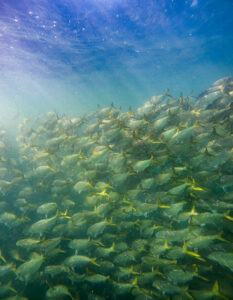
Take The Cut: Massive Reductions for Menhaden Industry Necessary
What’s going on? The “most important fish in the sea” just exposed one of the biggest management failures in decades. A new assessment shows Atlantic
When fishermen think about redfish, they think about Louisiana. The vast marshes and incredible culture provide an idyllic setting for catching the fish of a lifetime. Unfortunately, Louisiana’s redfish are now facing hard times. The numbers of adult redfish have fallen to levels not seen in decades and anglers are harvesting redfish at an unsustainable rate. The time is now to conserve this incredible resource.
The American Saltwater Guides Association was formed less than four years ago with the goal of using science and education to advocate for sustainable fisheries management. We believe in Better Business Through Conservation and understand that a healthy resource benefits everyone. We fight every day for our members along the Atlantic coast and are ready to make a difference in Louisiana. ASGA is wholeheartedly committed to working directly with our Louisiana guide community to ensure this remarkable fishery is rebuilt for our businesses, the resource, and the vast communities it supports.
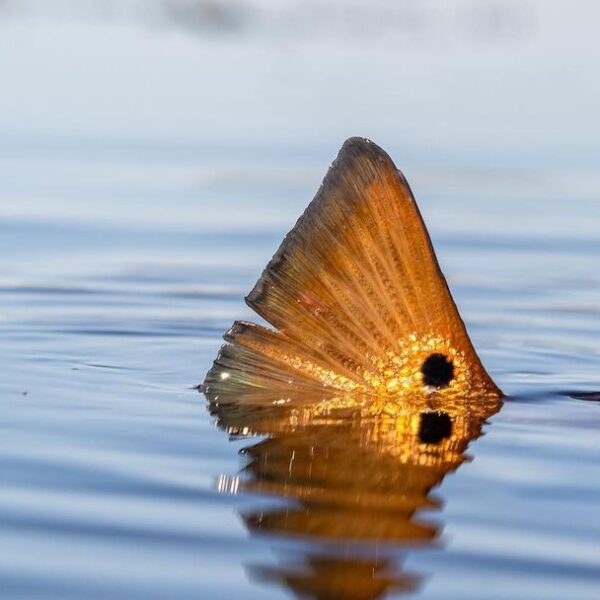
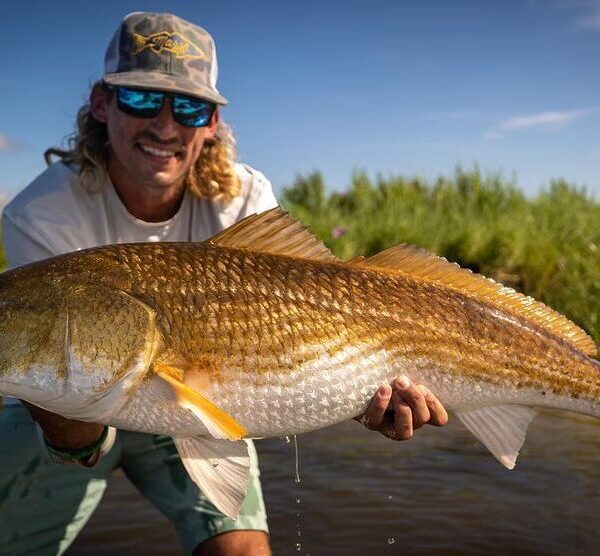
On July 6th, the Louisiana fishing guide community flooded the LWF Commission meeting and let the state know that the recommended reductions are not enough to ensure the stability of their businesses. To the surprise of many, the LWF Commission did something amazing: they listened and moved to protect the resource. The state had suggested a 35% reduction at the time. This reduction would allow for the Escapement Rate to hit 30%, but it would not rebuild Spawning Potential Ratio until 2050.
Redfish in Louisiana are managed on Escapement Rate. You can view our video below for a detailed explanation. We along with many others believe the economy of Louisiana is driven by bull redfish.
Furthermore, the Escapement Rate represents just a percentage of juvenile fish surviving to adulthood. If there is a bad spawn related to a lack of adult fish, a 30% Escapement Rate can still be achieved. In simpler terms, we would rather have 30% of 10,000,000 than 30% of 100,000. Spawning Potential Ratio may not be used for management, but it could be even more critical than Escapement Rate for the future of this fishery.
A Notice of Intent was issued for an 18-24” slot with no take for bull redfish and no guide limit. This NOI represents a 55% reduction that would rebuild SPR in only 12 years (versus an almost 30 year x 35% reduction proposal). While this proposal is outstanding in theory, this meeting proposal is only the first step. This NOI has to be approved by the state legislature – and will now having a hearing on November 7th.
Our letter of support for this NOI (Notice of Intent a Public Comment Period) can be found below. The deadline for signing on behalf of yourself, your brand or business has passed. Thank you to all who signed our letter below and amplified your voice as a conservationist in support of resource-forward management. We needed everyone from across the country to let Louisiana know how important this fishery is. The regulations have not been updated since 1988. These opportunities do not come around very often. This could be our only chance to support the LWF Commission’s extremely courageous and conservation-minded decision to do something impactful for redfish, our guides, and future generations of anglers.
Whether you’re a Louisiana resident in love with the iconic residents of your home waters, a returning angler who prioritizes experiencing the bayou every year or a hopeful angler aiming to visit one day, your voice matters.
Powered By EmbedPress
From podcasts and blogs to fisheries science breakdowns and everything in-between, ASGA continually develops content that provides opportunities to learn more about Louisiana fisheries and the cast of characters fighting to protect them. Discover the curated selection below and sign up for ASGA’s newsletter for the latest from the ASGA Blog, YouTube Channel & The Guide Post podcast.
You don’t need to be a thirty-year veteran to change the game. Sometimes, you need to have the guts to speak up in a community that fears the ramifications of doing so – and that alone can leave a legacy. Captain Ty Hibbs was born and raised in Louisiana. And while he may be one of the younger faces, he has been one of the loudest voices about thoughtful harvest and more proactive management in the Bayou. ASGA’s Blane Chocklett has spent plenty of days in the boat with this fishy young man and feels there are very few more fit to be featured in this series. We present the second installment of Blane’s Game Changers: Captain Ty Hibbs. You can listen to this episode on Apple Podcast by clicking here or Spotify by clicking here.
Tony Friedrich of the American Saltwater Guides Association breaks down the latest Redfish Stock Assessment in Louisiana. Photo credits: Guiding Flow TV & Captain Benny Blanco.


What’s going on? The “most important fish in the sea” just exposed one of the biggest management failures in decades. A new assessment shows Atlantic
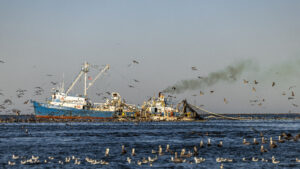
Mario CampoFisheries Ecologist, Southeastern Louisiana UniversityScience and Policy Associate, American Saltwater Guides Association This discussion explores the status of Gulf Menhaden stocks, their ecological and
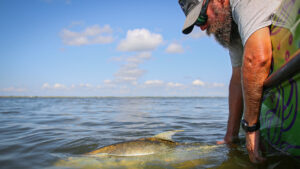
The Jack Project continues to gather momentum as tagging teams across the Gulf and South Atlantic deploy more acoustic tags. While the project faces challenges—everything
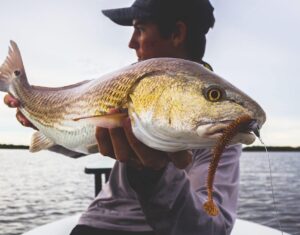
This guide is meant to educate anglers, conservationists, and the public about the Atlantic States Marine Fisheries Commission’s (ASMFC) Draft Addendum II to Amendment 2

Photo Credit: Guiding Flow TV The fishing industry has lost an icon. The family and friends of Philip “Flip” Pallot are terribly saddened to share
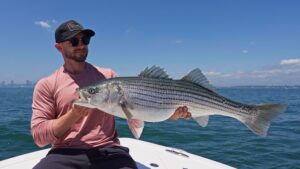
Fisheries management along the Atlantic coast is a mess, and the Atlantic States Marine Fisheries Commission (ASMFC) continues to prove why with its latest moves
GIVE THE GIFT OF FISHERIES CONSERVATION THIS HOLIDAY SEASON. SHOP ASGA GOODS THAT FUND FISHERIES RESEARCH & ADVOCACY CAMPAIGNS
JOIN ASGA IN CALLING FOR CRITICAL MANAGEMENT ACTION AFTER YEARS OF SPAWN FAILURES & POOR MANAGEMENT.
By using this website, you agree to our use of cookies. We use cookies to provide you with a great experience and to help our website run effectively. To learn more, please review our privacy policy.